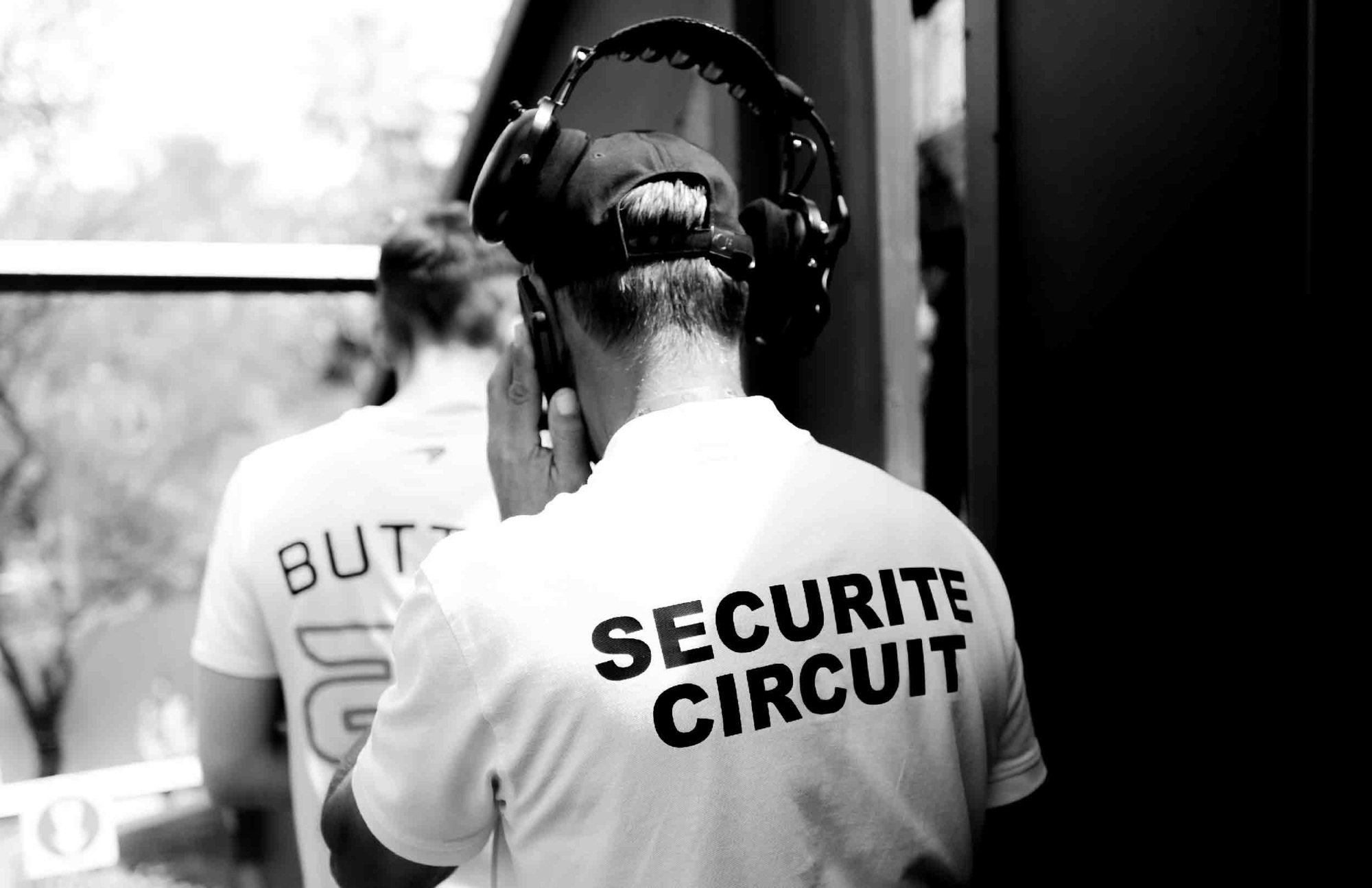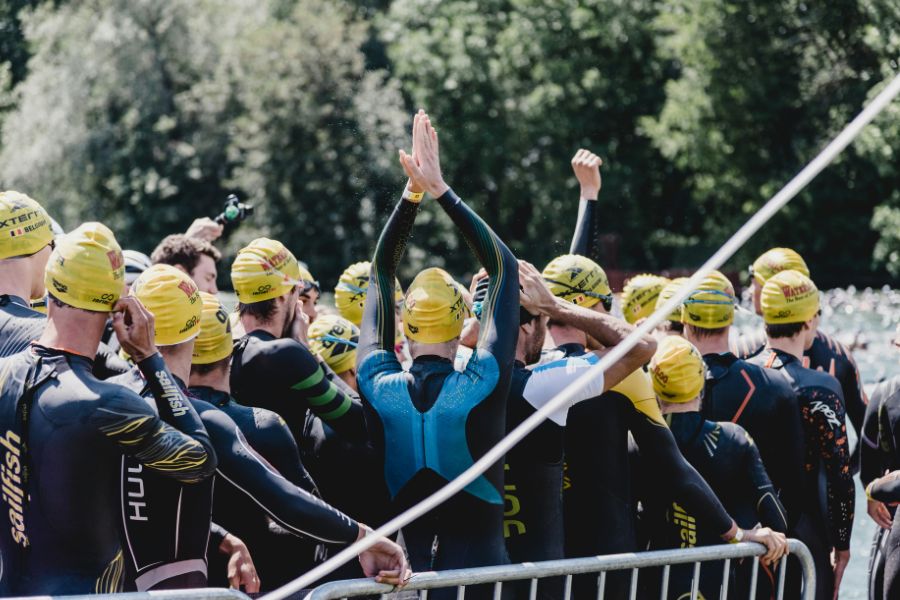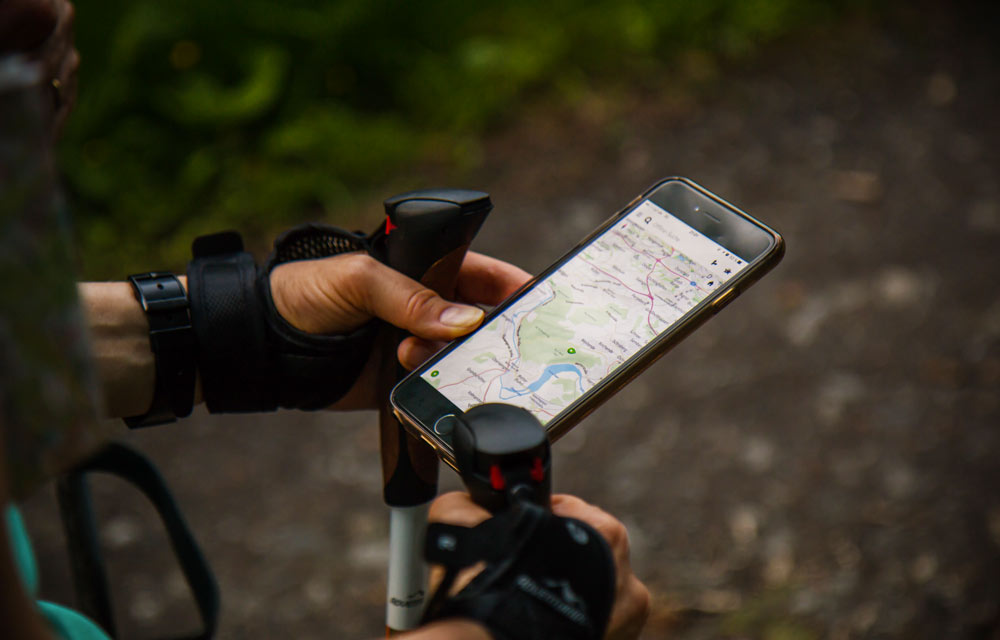The triathlon, this exhilarating sporting challenge combining swimming, cycling, and running, attracts thousands of enthusiasts around the world, eager to test their physical and mental limits. Organising such an event, however, is an adventure in itself that requires meticulous planning and flawless execution.
This guide is designed to help you navigate the various stages of organising a triathlon, providing practical advice, proven strategies, and tailored technological tools.
Summary
1. Initial planning
a) Defining the event’s goal
The first step in organising a triathlon is to clearly define the objectives. These goals can vary: increasing participation, enhancing brand visibility, supporting a charitable cause, or offering an exceptional experience to athletes and spectators. The clarity of your goals will influence all subsequent decisions, from marketing choices to course selection.
Next, try to define precise KPIs, which will allow you to assess the success of your event based on concrete data. For example: gather 100 registrations, achieve a 70% second-time participant rate, increase the number of partners by 30%, etc.
b) Choosing the date and venue
Event date:
Choosing the date is crucial and must take into account weather conditions, conflicts with other local or major events, the availability of the chosen venues, and participant schedules. Therefore, secure your date as early as possible, preferably on a weekend. Finally, set an optimal time to accommodate as many people as possible while ensuring the athletes compete in the best possible conditions.
Event venue:
The choice of venue is strategic and must meet the technical requirements of the three triathlon disciplines. Swimming requires a safe and accessible body of water, cycling needs a suitable closed or designated road course, and running requires a route that can be either urban or natural. It is essential to evaluate the accessibility for participants and spectators, available facilities (parking, toilets, rest areas), and the venue’s capacity to handle large groups.
c) Logistical and environmental considerations
Before finalising the venue choice, an environmental assessment must be conducted to ensure that the event will not have a negative impact on the site. Similarly, on-site logistics should be considered: transition areas, spaces for aid stations, course safety, etc.
d) Initial budget
Defining a preliminary budget is essential. This should cover the costs of permits, security, infrastructure, personnel, promotion, and other operational expenses. Using a tool like Weezevent can help manage costs by automating parts of the process, such as registrations and ticketing, thus reducing the need for staff and administrative resources.
2. Administrative procedures
a) Permits and authorisations
Depending on the location, a general permit may be required to organise a public event. This permit is typically issued by the local municipality or another local authority:
- Municipal: Requesting authorisation from the Mayor, completing the relevant form for a sports event, and submitting the required documents, including a declaration of public gathering.
- Prefecture: Requesting authorisation from the prefecture, completing the relevant form for a sports event, and submitting the required documents. Additionally, submitting a technical file detailing the event and its safety measures.
- Federation: Registering your event with the regional and national calendar of events for the following season. Visit www.fftri.com to access your organiser space.
For swimming, cycling, and running segments, specific permissions must be obtained for using roads, parks, or bodies of water. This may involve coordinating with local transportation authorities for road closures.
In any case, liaise with the local authorities to ensure you do not overlook any required authorisations that could jeopardise your triathlon.
b) Insurance
It is essential to obtain various types of insurance for your event:
- Event insurance: This covers all the volunteers of the organisation under civil liability.
- FFTRI competition licence: This covers licensed participants based on the chosen level of coverage.
- Competition pass: This covers non-licensed participants or recreational FFTRI members, along with any event officials. It must be accompanied by a valid medical certificate confirming the participant’s eligibility for competition in the triathlon disciplines.
c) Compliance with local regulations
Adhere to local safety and public health standards, including emergency plans and sanitary measures, especially in the post-pandemic context. Ensure the event complies with environmental laws, particularly regarding the impact on natural sites used for swimming, cycling, and running.
d) Contracts with suppliers and partners
It is crucial to formalise contracts with all suppliers and partners (security, catering, equipment, etc.). These contracts should detail the services provided, costs, payment conditions, and cancellation clauses.
3. Course design and accessibility

a) Course design
First, you must determine the type of triathlon (Sprint, Olympic, Ironman, etc.) and the targeted audience (amateurs, professionals, families, etc.), which will influence the length and difficulty of the courses.
Next, consider the best facilities available for each sport:
- Swimming: Look for a safe, clean, and accessible body of water, such as a lake, calm river, or beach. Ensure the water is regularly tested and suitable for competition. The site should also have spectator areas and easily accessible rescue zones.
- Cycling: The bike course must be secure, with quality roads to avoid accidents. Consider elevation, visibility, and space for overtaking. A closed loop is often preferred for easier safety and logistical management.
- Running: The running course should be flat or slightly undulating to suit all levels. It can be located in the same area as the other disciplines to centralise the action and facilitate spectator access.
b) Accessibility
Site selection:
Choose venues that are easily accessible by public transport and car. Ensure the access roads are well signposted and clear. Provide ample parking close to the event site, including spaces reserved for people with disabilities.
Mobility and services on site:
Ensure that well-maintained, secure pathways are in place to allow spectators to easily move between different areas of the event. Paths should be wide enough to accommodate wheelchairs, strollers, and large crowds of pedestrians.
Offer accessible food options and hydration points for all spectators, including those with specific dietary needs. Set up portable toilets, including models adapted for people with disabilities, placed strategically around the site.
4. Event logistics
a) Transition areas
Prepare transition areas where athletes will change disciplines (from swimming to cycling, and from cycling to running). These areas should be secure, well-organised, and large enough to accommodate all participants. Ensure that each participant has a dedicated and monitored space for their gear. It would be unfortunate if a bike went missing between two events, leaving the participant unable to continue that part of the race.
b) Signage and marking
Install clear signage to guide participants and spectators around the site, including directions to transition areas, the start, finish, toilets, and first aid stations. Mark each course visibly to prevent any confusion among participants.
c) Aid stations
Organise regular aid stations on the cycling and running courses, providing water, sports drinks, and energy snacks. Ensure these areas are equipped to manage waste in an eco-friendly way.
d) Timing
Implement technology to track participants in real-time and ensure accurate timing. This may include RFID chips or GPS systems. Timing can be handled by professional providers or event organisers.
5. Triathlon safety

a) Legal aspect
Safety in sporting events in England is governed by several laws and regulations, primarily defined by organizations such as UK Sport, the British Triathlon Federation (BTF), and local authorities. Key legal elements include:
- Health and Safety at Work Act 1974: This legislation requires event organizers to take all reasonable steps to ensure the safety of employees, volunteers, and participants.
- The Road Traffic Act 1988: For cycling courses on public roads, organizers must ensure that roads are closed or secured to protect participants.
- Civil Aviation Authority: If drones are used for filming, specific permissions may be required.
Specific requirements for triathlons can be found in the British Triathlon Event Safety Management Guide, which outlines the safety rules and procedures specific to triathlon events in England.
b) Security personnel and trained volunteers
Ensure you have a sufficient and clearly identified security team, including trained professionals and volunteers. Make sure all team members understand their roles and responsibilities for safety.
For swimming, ensure you have qualified lifeguards and rescue boats ready to intervene if necessary (lifeguards must hold the BNSSA certificate). Ensure the body of water is safe and free from potential hazards. The chief referee will specify the required number of lifeguards and boats based on the event’s format and participant count.
For cycling and running, secure the courses by limiting access to unauthorised vehicles and placing physical barriers where necessary. Position marshals at intersections and critical points to guide participants and prevent accidents.
c) Medical services
Provide adequate medical presence on-site, including well-equipped and accessible first-aid posts, as well as mobile medical teams along the courses. The minimum legal requirement is one doctor or a first-aid post at the event site. Human and material resources should be adapted based on the event’s scale: number of competitors, spectators, race duration, course type, and weather conditions.
If unable to recruit a doctor, the organiser should have a first-aid post staffed by at least three paramedics and the ability to transport them to accessible points on the racecourse.
Anti-doping tests may be conducted at any location where training or a sports event takes place. The organiser must provide appropriate facilities for the person in charge of the tests.
6. Marketing and promotion
a) Event website
Create an attractive and easy-to-navigate website that serves as a central hub for all event-related information (online registration, race details, volunteer sign-ups, partners, media, etc.).
b) Social media
Use social media platforms (Facebook, Instagram, Twitter, LinkedIn) to share regular updates, photos of the course, testimonials from previous participants, and practical information.
Encourage interaction by organizing contests, challenges, or live Q&A sessions to generate interest and engagement.
c) Email marketing
Send regular newsletters to a dedicated mailing list to keep past and potential participants updated with the latest news and encourage them to sign up.
Segment your mailing list to personalise messages, for example, by targeting specific messages for previous participants, local triathlon clubs, or beginners.
These two actions are possible thanks to an e-mailing tool directly connected to your list of participants.
d)Sponsorships and partnerships
Collaborate with local businesses, sports clubs, bike shops, swimming pools, and fitness centres to promote your event through their networks. Offer attractive sponsorship packages for companies wishing to associate with your event, including visibility on the website, event materials, and race shirts.
e) Public relations and media
Write and distribute press releases to attract the attention of local and sports media.
Organise a press conference or launch event with sports personalities to generate interest. Clearly present your event and the message you wish to communicate to the public.
f) Advertising and promotional material Distribution
Distribute flyers and posters in strategic locations such as gyms, sports shops, community centres, and cafés.
Use banners or promotional stands at other sporting events to attract athletes’ attention.
7. Volunteer engagement
a) Recruitment
Initially, identify the skills and profiles needed for various roles (registration, security, aid stations, etc.) and recruit accordingly.
Then, use multiple channels to attract volunteers, including social media, newsletters, local communities, sports clubs, and universities.
Finally, clearly explain the benefits of volunteering, such as skill development, networking opportunities, and contributing to a community event.
b) Training
Provide detailed orientation sessions for all volunteers to ensure they understand their roles and responsibilities.
Teach the importance of effective communication, especially in managing emergency situations. Ensure that certain positions are equipped with walkie-talkies to request assistance if needed to ensure smooth event operations.
During the event, be available to answer questions and provide continuous support to your team. Ensure they have the necessary resources and equipment to perform their tasks.
8. After the race
Once your triathlon is over, gather feedback from athletes and the public via a satisfaction survey. This will help you improve if you wish to organise another event in the future.
You may also consider hosting an event involving your suppliers, volunteers, team members, and participating athletes. This will allow you to thank everyone who contributed to the success of your event while strengthening relationships for future collaborations.
Have you already decided on a venue and date for your triathlon? Open registrations now with an online ticketing tool, access control, and staff management systems tailored to your needs.
Have you already chosen a venue and date for your triathlon? Open registrations now with an online ticketing tool, access control, and systems for staff and accreditation management tailored to your needs.



